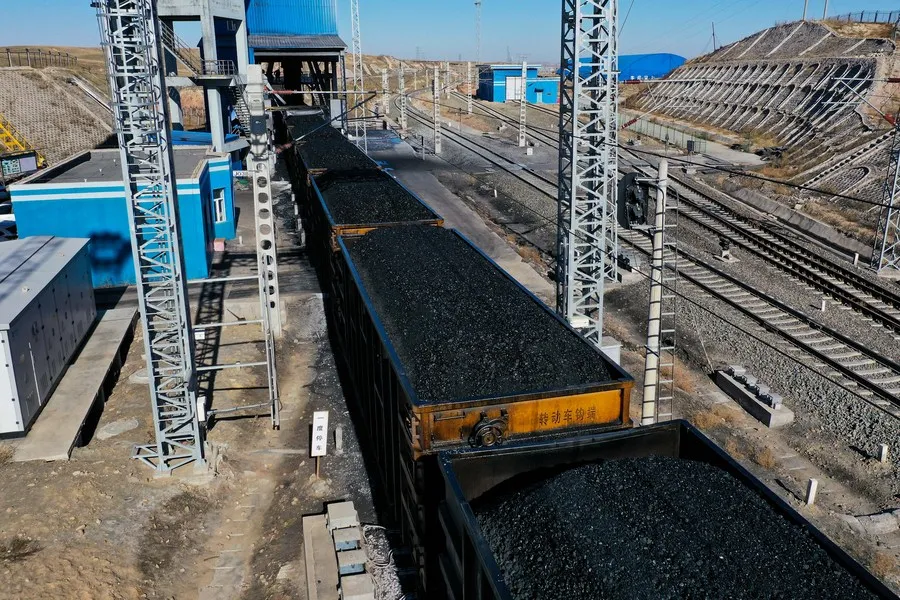ISLAMABAD, May 15 (Internews): Electricity generation in Pakistan is subject to seasonal fluctuations, heavily influenced by weather patterns. During the summer months, as glaciers melt, the river flows swell, leading to increased water levels in dams and consequently a rise in hydroelectricity production.
Despite the surge in production, electricity consumption also escalates to counteract the intensity of hot weather. Conversely, during the colder months, when river water levels diminish, there is a decrease in both electricity demand and production. In summer, electricity demand peaks at 25,000 MW, whereas in winter, it dwindles to 10,000 MW.
Pakistan’s total power generation capacity is up to 46,035 MW from various sources. Remarkably, even during summer, electricity demand falls short of the total generation capacity. This paradox prompts a common question: “If Pakistan can produce more electricity than the demand, why does load shedding occur?” Addressing this query requires an understanding of the diverse sources of electricity generation and the quantity of electricity derived from each source.
Production Cost must be known!
About 35 percent of Pakistan’s electricity generation comes from gas, with 12 percent from oil, 10 percent from coal, 26 percent from hydropower, and 9 percent from nuclear reactors. Additionally, 6 percent of the electricity generation is sourced from alternative sources such as wind and sunlight
The production cost of electricity from thermal sources significantly outweighs that of oil and gas-generated electricity. For instance, in December of last year, the highest-priced electricity was generated from diesel, costing 42 rupees and 15 paisa per unit. Meanwhile, electricity generated from furnace oil during the same period cost 38 rupees and 55 paisa per unit. Additionally, electricity imported from Iran was priced at 33 rupees and 13 paisa per unit. In February 2024, the cost of electricity generated from local coal was 14 rupees per unit, whereas electricity from imported coal was priced at 20 rupees per unit.
Currently, there are seven coal-fired power plants operating under the China-Pakistan Economic Corridor (CPEC), boasting a total production capacity of 6600 MW. Among these projects, four utilize local coal, while three plants generate electricity from imported coal, including the Sahiwal Coal Power Plant, the China Hub Coal Power Plant, and the Port Qasim Coal Plant, each with a production capacity of 1320 MW.
How is electricity generated from coal and how many types of plants are there?
Coal-fired power plants in Pakistan utilize two main types of technology, including Sub-Critical and Super-Critical. The latter, employed in facilities like the Sahiwal Coal Power Plant, China Hub Coal Power Plant, and Port Qasim Coal Plants, boasts advanced features that enhance both productivity and environmental sustainability. Specifically, Super-Critical technology has been shown to increase plant productivity by up to five percent while concurrently reducing harmful emissions. This technology represents a significant leap forward in the efficiency and environmental responsibility of coal-fired power generation.

Understanding the difference between Sub-Critical and Super-Critical technologies requires insight into the fundamental process of coal-based electricity generation. Initially, coal is pulverized into a fine powder before being combusted to produce heat. This heat is then used to convert water into steam within the boiler.
The critical difference between these technologies lies in the steam pressure and temperature within the boiler. Sub-Critical power plants maintain lower steam pressure (less than 3200 pounds per square inch) and temperature (below 550 degrees Celsius), whereas Super-Critical plants operate at higher pressures (around 3530 pounds per square inch) and temperatures (up to 565 degrees Celsius), leading to greater efficiency and reduced emissions.
Coal power plants have long been integral to global energy production, providing a dependable and consistent energy source for various sectors. Their affordability and reliability have made them particularly indispensable in powering industries, residences, and commercial establishments, especially in developing nations. However, to mitigate their environmental impact, modern coal power plants are increasingly adopting Super-Critical technology. This technological evolution aims to generate cleaner electricity while maintaining the reliability and stability essential for meeting the world’s energy demands.
Why don’t all coal-fired power plants use local coal?
Mainly, two types of coal are utilized in coal-fired power plants: Lignite and Sub-Bituminous. Lignite, characterized by its high moisture and sulfur content, possesses a calorific value of nearly half that of imported coal. Owing to its elevated sulfur and moisture levels, this coal variant emits higher quantities of greenhouse gases. Notably, the coal found in Thar belongs to the Lignite category. To put it simply, we can suppose that one ton of imported coal can generate one megawatt of electricity, utilizing domestic Lignite coal would necessitate doubling the quantity to produce the same output, alongside significantly increased emissions.

The Sahiwal Coal Power Plant, China Hub Coal Power Plant, and Port Qasim Coal Plant rely on coal imported from South Africa. Imported coal-fired power plants are technically quite different from indigenous coal-fired plants, which is why it is not possible to use Pakistani coal in these plants. Despite their dependency on imported coal, the electricity generated by these plants costs only half as much as that generated from gas, LNG, or oil. This cost efficiency underscores the strategic importance of leveraging imported coal to meet Pakistan’s energy needs.
What is the procedure for importing fuel for coal-fired power plants in Pakistan?
Imported coal-fired power plants adhere to the legal framework outlined by the National Electric Power Regulatory Authority (NEPRA) and the Ministry of Energy, with a primary focus on safeguarding the interests of Pakistani electricity consumers.
NEPRA’s regulations permit coal-fired power plants to engage in two primary types of coal procurement contracts: availability-based purchase or short-term contracts, and long-term contract purchases.
For example, from June 2022 to December 2022, coal prices increased many times in the world market due to the Russia-Ukraine conflict. The official documents show that Sahiwal Coal Power Plant advertised in all editions of the English newspaper Dawn across Pakistan to import coal from South Africa. As a result of this advertisement, nine supplier companies sent emails to consult the coal bidding matters, and finally four submitted tenders by the stipulated date. Later, Sahiwal Coal Power Plant awarded the contract till December 2023 to the lowest bidder following the due process. Notably, this contract was denominated in Pakistani rupees, a strategic decision aimed at mitigating Pakistan’s foreign exchange constraints.
Sahiwal Power Plant entered into this spot purchase contract for the period of June to December 2022 at a rate of Rs 70,000 to 74,000 per ton, while the price of imported coal from South Africa exceeded Rs 80,000 per ton during the same period.
Sahiwal Power Plant was following similar rules and regulations even before NEPRA issued guidelines for market availability or spot purchase of coal in December 2022.
Regarding this fair agreement, some journalists wrote articles in some local newspapers, in which baseless allegations were made about the transparency and procedure of this agreement.
The journalists, without contacting Sahiwal Coal Power Plant for the version, claimed that the contract was entered into with a favorite company, while the reality is that the power plant management had made all possible efforts to ensure the transparency of the contract and procedure of procurement under the laws by the NEPRA.
Official sources indicate that the Pakistani government is contemplating the establishment of additional coal-fired power plants with super-critical technology as part of its strategy to reduce the country’s dependence on expensive imported oil for power plants, thereby conserving foreign reserves. Coal-fired power plants appeared as a more viable and appealing option for meeting the nation’s energy needs in the foreseeable future. ENDS
